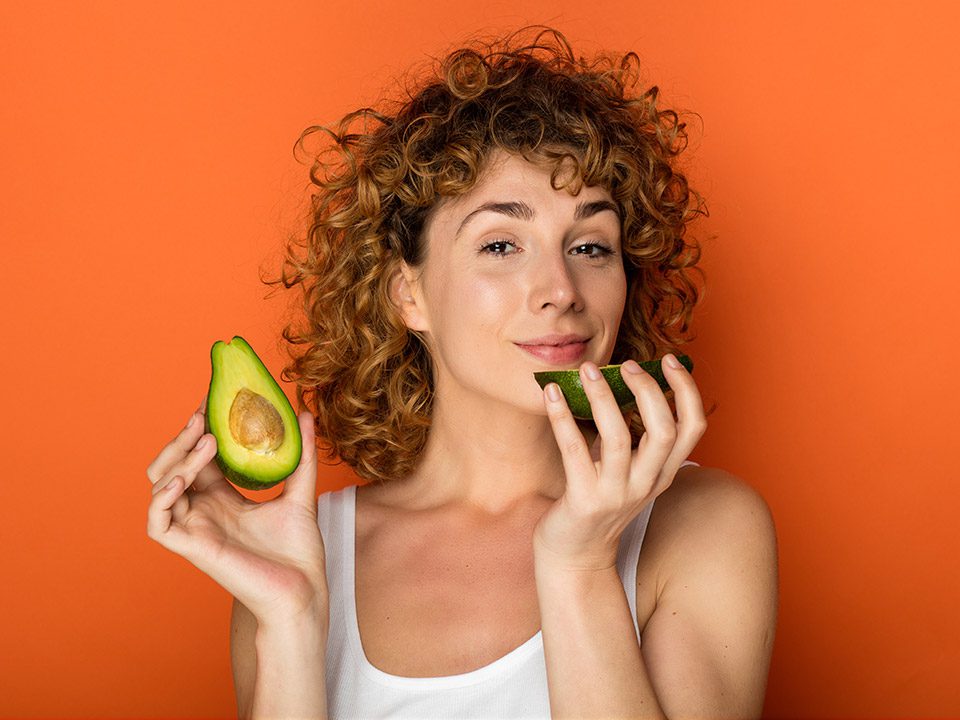Vitamin E is a powerful antioxidant that plays a crucial role in maintaining our overall health. It strengthens our immune system, supports healthy skin and eyes, and helps shield our cells from free radical damage. Incorporating foods rich in vitamin E into our diet is essential for maintaining optimal health. In this blog post, we will discuss the best foods for a high-vitamin E diet and how to include them in our daily meals.
What is Vitamin E?
Vitamin E is a fat-soluble vitamin that is naturally present in many foods. It is a group of eight compounds, including four tocopherols and four tocotrienols. The most common and active form of vitamin E is alpha-tocopherol, which is found in many plant-based foods.
Our body needs vitamin E to function properly, but it cannot produce it on its own. Therefore, we must obtain it from our diet. The recommended daily intake of vitamin E for adults is 15 mg, and for pregnant and lactating women, it is 19 mg. However, the amount may vary depending on age, gender, and health conditions.
The Best Foods for a High-Vitamin E Diet
Here are some of the best foods that are rich in vitamin E and should be included in a high-vitamin E diet:
1. Nuts and Seeds
Nuts and seeds are excellent sources of vitamin E. Almonds, hazelnuts, and sunflower seeds are some of the best options. Just one ounce of almonds provides 7.3 mg of vitamin E, which is almost half of the recommended daily intake. Sunflower seeds are also a great source of vitamin E, with one ounce providing 7.4 mg of vitamin E.
Other nuts and seeds that are rich in vitamin E include peanuts, pine nuts, and pumpkin seeds. These can be easily incorporated into our diet by adding them to salads, smoothies, or as a snack.
2. Avocados
Avocados are not only a delicious and versatile fruit, but they are also a great source of vitamin E. One medium-sized avocado contains 2.1 mg of vitamin E, which is about 14% of the recommended daily intake. Avocados are also rich in healthy fats, fiber, and other essential nutrients, making them a perfect addition to a high-vitamin E diet.
Avocados can be enjoyed in various ways, such as in salads, sandwiches, or as a spread on toast. They can also be used to make guacamole or added to smoothies for a creamy texture.
3. Leafy Green Vegetables
Leafy green vegetables are not only rich in vitamin E, but they also provide a wide range of other essential vitamins and minerals. Spinach, kale, and Swiss chard are some of the best sources of vitamin E among leafy greens. One cup of cooked spinach contains 3.7 mg of vitamin E, which is about 25% of the recommended daily intake.
These vegetables can be easily incorporated into our diet by adding them to salads, soups, or stir-fries. They can also be enjoyed as a side dish or added to smoothies for an extra boost of nutrients.
4. Vegetable Oils
Vegetable oils, such as sunflower, safflower, and wheat germ oil, are excellent sources of vitamin E. Just one tablespoon of sunflower oil provides 5.6 mg of vitamin E, which is about 37% of the recommended daily intake. These oils are also rich in healthy fats and can be used for cooking, baking, or as a salad dressing.
However, it is essential to note that these oils should be consumed in moderation, as they are high in calories and can lead to weight gain if consumed in excess.
5. Fortified Cereals
Many breakfast cereals are fortified with vitamins and minerals, including vitamin E. These cereals can be a convenient and easy way to increase our vitamin E intake. However, it is essential to choose cereals that are low in sugar and high in fiber to maintain a healthy diet.
Some of the best options for fortified cereals include bran flakes, oatmeal, and whole-grain cereals. These can be enjoyed with milk or yogurt for a nutritious breakfast.
How to Incorporate These Foods into Our Diet
Incorporating these foods into our diet is easy and can be done in various ways. Here are some tips to help us include these vitamin E-rich foods in our daily meals:
1. Snack on Nuts and Seeds
Nuts and seeds make for a healthy and satisfying snack. Keep a small pack of almonds, sunflower seeds, or pumpkin seeds with you to snack on throughout the day. You can also add them to your yogurt or oatmeal for a nutritious breakfast or snack.
2. Add Avocado to Your Meals
Avocado can be added to almost any meal to increase our vitamin E intake. Mash it up and spread it on toast, add it to salads, or use it as a topping for tacos or sandwiches. You can also make a delicious and creamy avocado sauce to use as a dip or dressing.
3. Cook with Vegetable Oils
Instead of using butter or other unhealthy fats, opt for vegetable oils when cooking. These oils not only provide vitamin E but also have a high smoke point, making them suitable for cooking at high temperatures.
4. Incorporate Leafy Greens into Your Meals
Leafy greens can be easily incorporated into our meals by adding them to soups, stir-fries, or omelets. You can also make a delicious and nutritious green smoothie by blending leafy greens with fruits and other healthy ingredients.
Summary
Incorporating foods rich in vitamin E into our diet is essential for maintaining optimal health. Nuts and seeds, avocados, leafy green vegetables, vegetable oils, and fortified cereals are some of the best sources of vitamin E. These foods can be easily incorporated into our diet by snacking on nuts and seeds, adding avocado to our meals, cooking with vegetable oils, and incorporating leafy greens into our meals. By including these foods in our diet, we can ensure that we are getting enough vitamin E to support our overall health and well-being.


